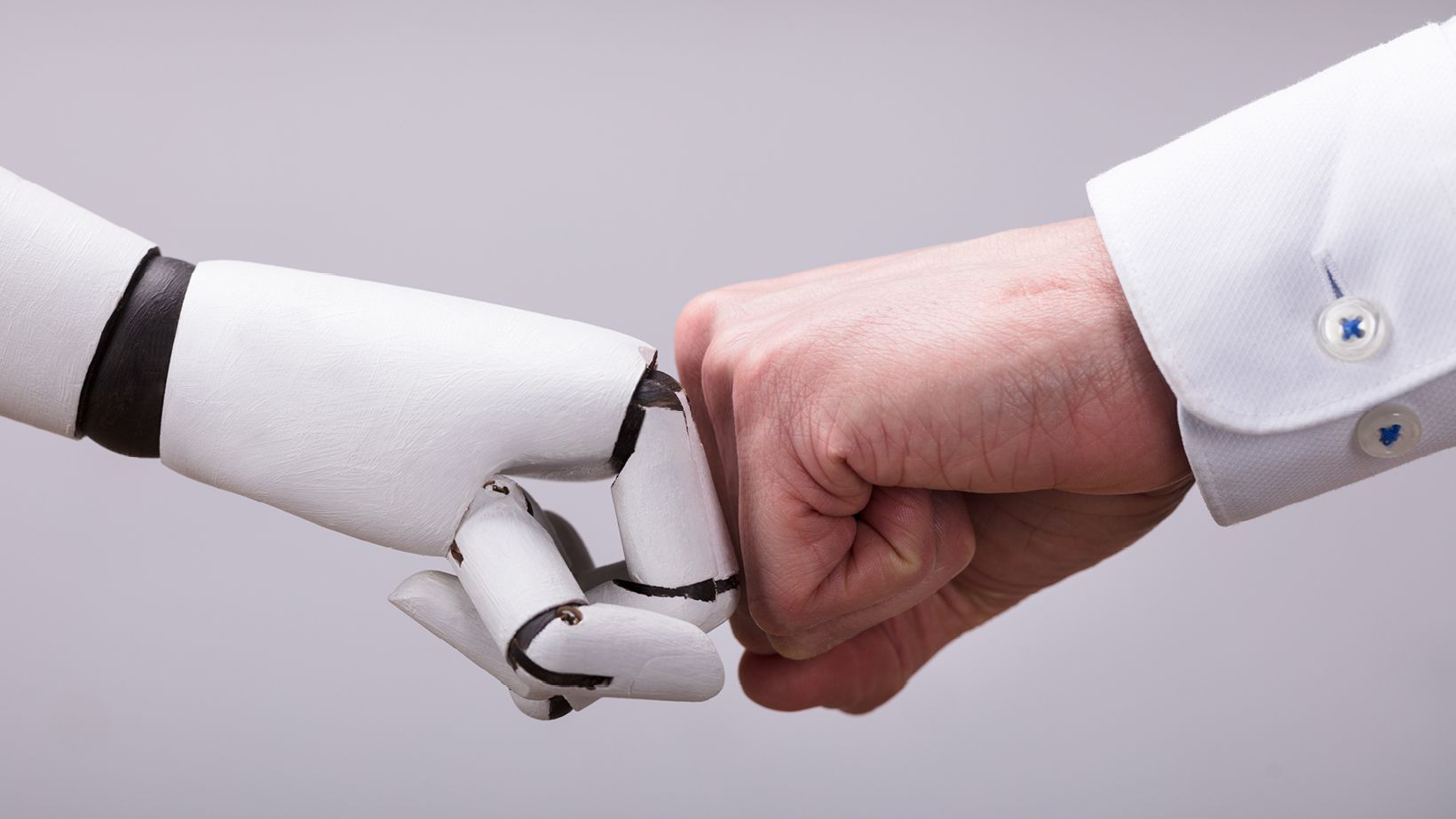
Robotic Process Automation (RPA) and Intelligent Process Automation (IPA)
What is Robotic Process Automation (RPA)?
RPA is the technology for automating routine processes. Software robots operate computers and applications like an employee.
RPA + Artificial Intelligence = IPA (Intelligent Process Automation)
Machines need structured data as input, whether from a spreadsheet, database, online form or software interface (API). If the input data is in an unstructured format, AI can be used to convert the data into a structured format for machine processing. AI opens up many more processes for RPA and enables a much wider range of processes to be automated. AI can help where complex decisions have to be made by humans based on an analysis of large amounts of data.
When RPA is combined with artificial intelligence methods, it is referred to as Intelligent Process Automation (IPA).
IPA enables robots (software) to learn over time and to recognise and implement work steps even without human assistance.
IPA potential in the public sector
The increasing speed of change and innovation in the economy and society has now also caught up with the public sector. Added to this are growing cost pressures and the wave of retirements. Currently, the public authorities process enormous amounts of data and documents on a daily basis, largely by hand. Repetitive manual operations hold up staff and slow down services. Through growing modernisation, process automation (RPA) can automate repetitive tasks performed by the public authorities. This gives staff more time to focus on the things that only humans are good at, leading to better citizen service.
Possible applications
- There are countless application scenarios for RPA and IPA in the public sector:
- Database reconciliation and adjustment
- Data transmission between different target systems and interfaces
- Digital implementation of information services for citizens or employees
- Checks to ensure that incoming documents are complete: Automatic opening of emails to evaluate the content as well as recognise and execute the next steps.
- Data analysis and automated reporting
